Mastering Linux User Management | DevOps Bootcamp
 Muhammad Irfan
Muhammad Irfan
1. Introduction of Session
This session was part of the Linux & DevOps Bootcamp, a comprehensive training program designed to equip participants with essential skills in Linux and DevOps. The tutorial was delivered by @BabarZahoor, an expert in the field of DevOps. The tutorial began with an introduction to Shell and Bash, laying the foundation for understanding the command-line interface and scripting in Linux.
The session focused on Linux user management and permissions, which are crucial aspects of system administration in organizations. It covered the roles and responsibilities of system administrators in managing users and groups, ensuring that only authorized personnel have access to specific resources. The tutorial emphasized the importance of proper user management to prevent potential system issues and security breaches.
Detailed explanations were provided on various commands and concepts related to user and group management in Linux. Participants learned how to create, modify, and delete user accounts, as well as how to manage user passwords and account expiration. The session also covered group management, including the creation and deletion of groups, and how to add or remove users from groups.
Overall, this session provided a thorough understanding of Linux user management and permissions, equipping participants with the knowledge and skills needed to effectively manage users and secure their systems.
User Management:
There are different users responsible for various tasks and roles in organization. The user management covers potential issues with improper user privileges and provides an overview of the topics.
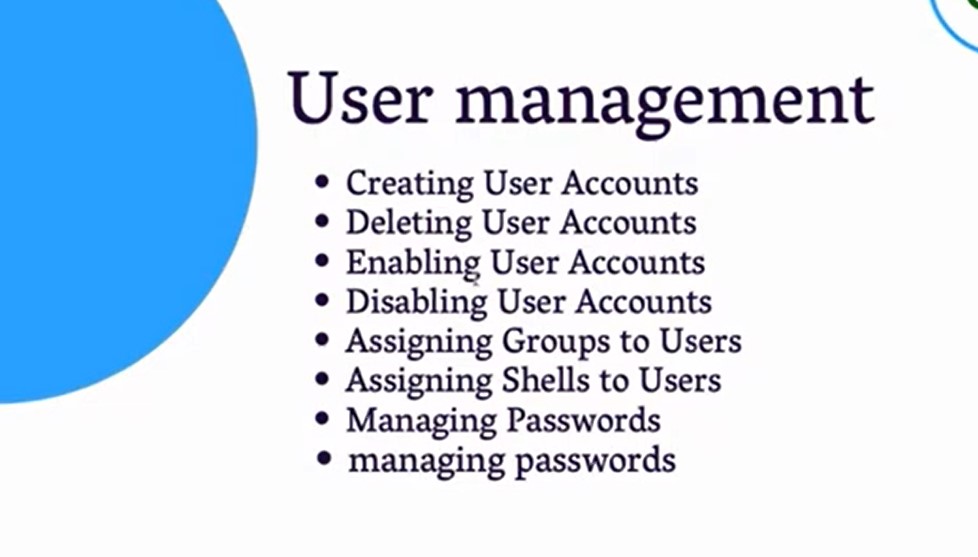
Basic User Management Commands:
While working on linux terminal different commands are applicable for creating and deleting users, enabling and disabling users, and assigning user privileges.
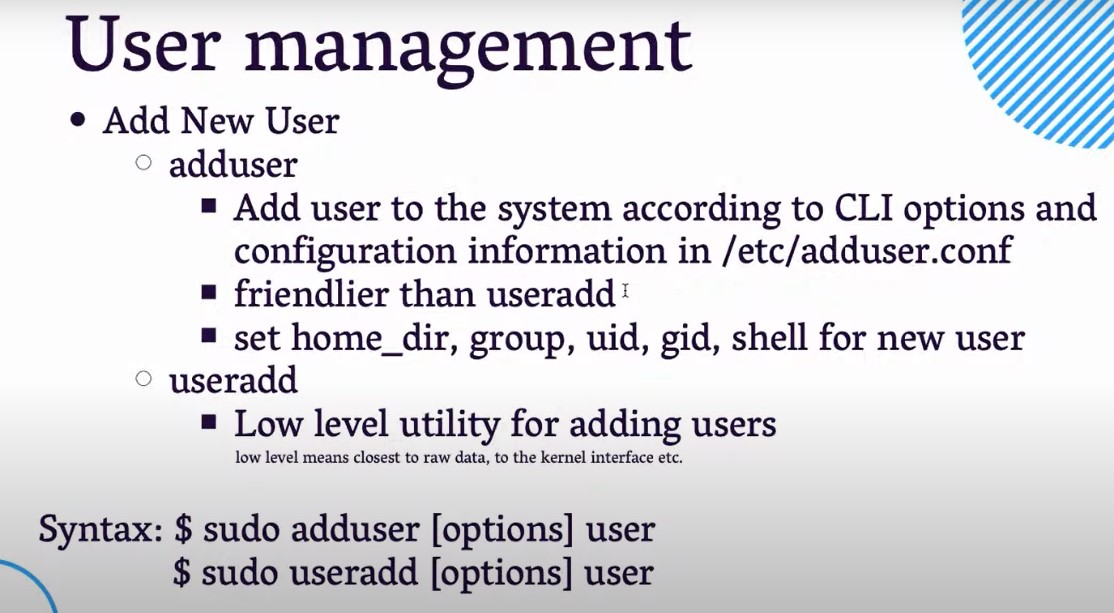
User Information and Configuration:
The configuration files in
/etccontain details related to user creation and highlight the differences between high-level and low-level commands.Types of User Accounts:
There are system accounts and custom accounts, root user and service accounts, UID and GID ranges for each account types.
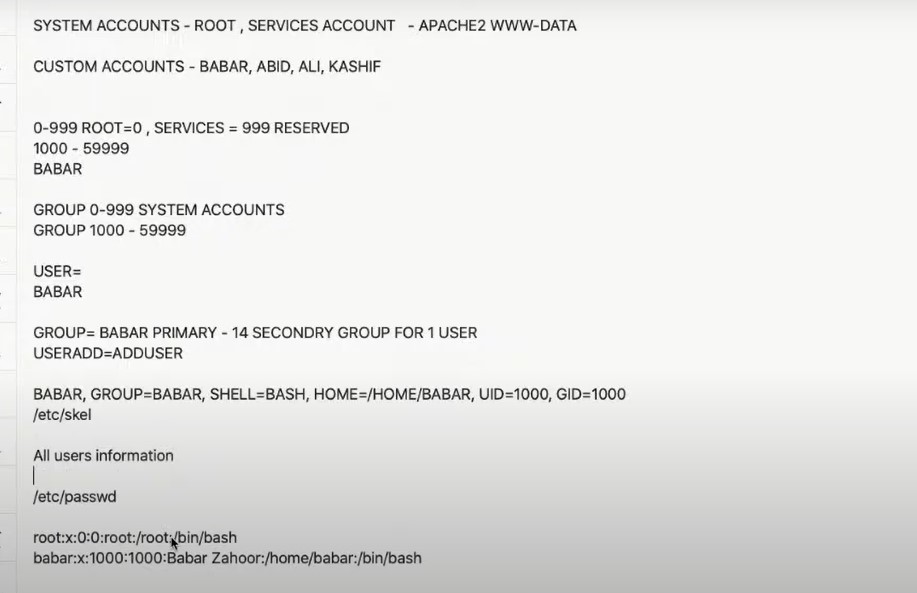
Group Management:
Creating and managing groups involve handling primary and secondary groups and setting group ID ranges and configurations.
2. Users and Groups Attributes
Creating users and groups:
Commands for creating users and groups, assigning user IDs and group IDs, and storing information in specific files.
Adding and managing groups:
The command
groupaddused for adding the group. with assign IDs automatically and manage group information.
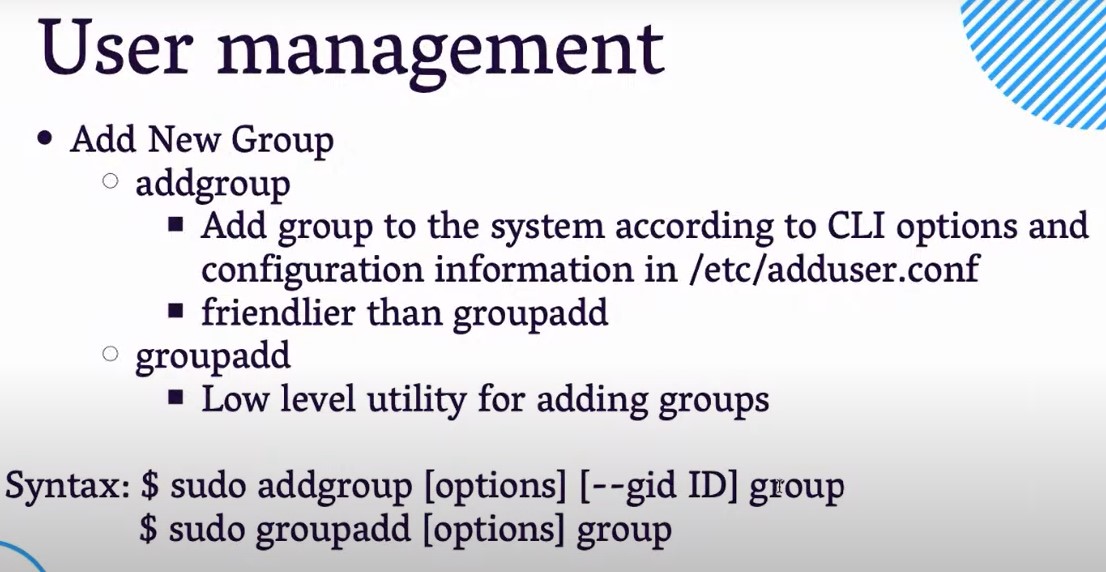
Managing multiple users:
Creating multiple users, assigning them to groups, making users members of multiple groups, and using commands to manage user-group relationships.
Modifying user Attributes: Changing primary and secondary groups using the
usermodcommand and removing users from groups.
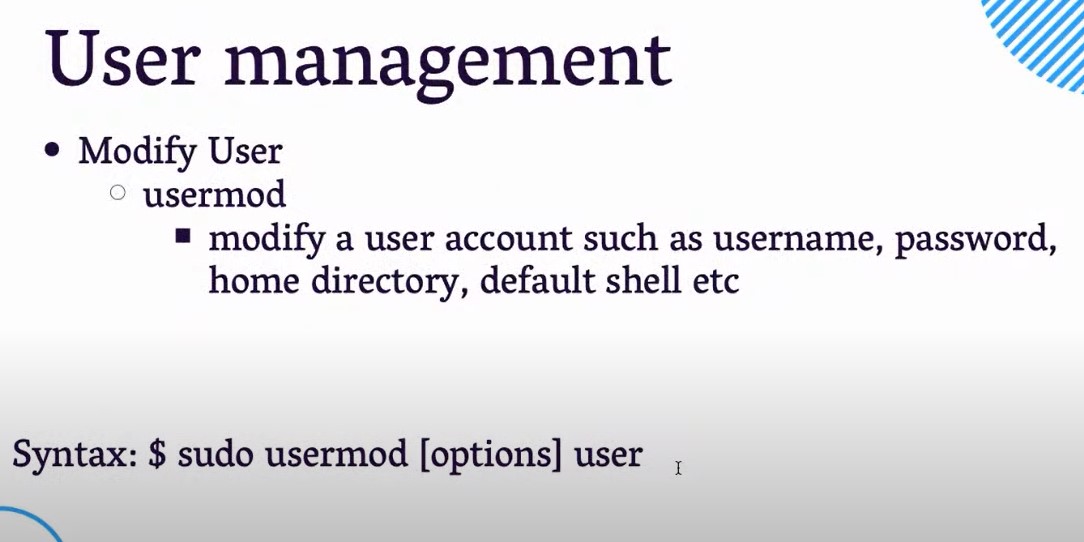
3. Creating users, Setting passwords, and managing Groups
Creating users, Switching users and setting passwords:
This is one of the essential part to demonstrates user creation, shows how to set and change passwords, and proper policies are applied in password setting.
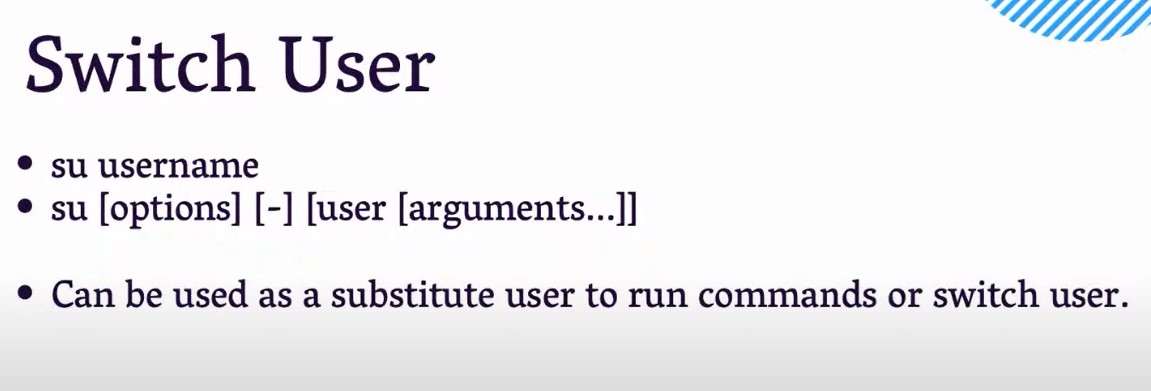
Password management:
Commands for changing and managing passwords include setting password expiration and warnings, as well as locking and unlocking user accounts.
Managing user information:
User information fields, shows how to view and edit user details, and discusses user IDs and group IDs.
Group management:
Demonstrates creating and managing groups, shows how to add users to groups, and discusses group permissions.
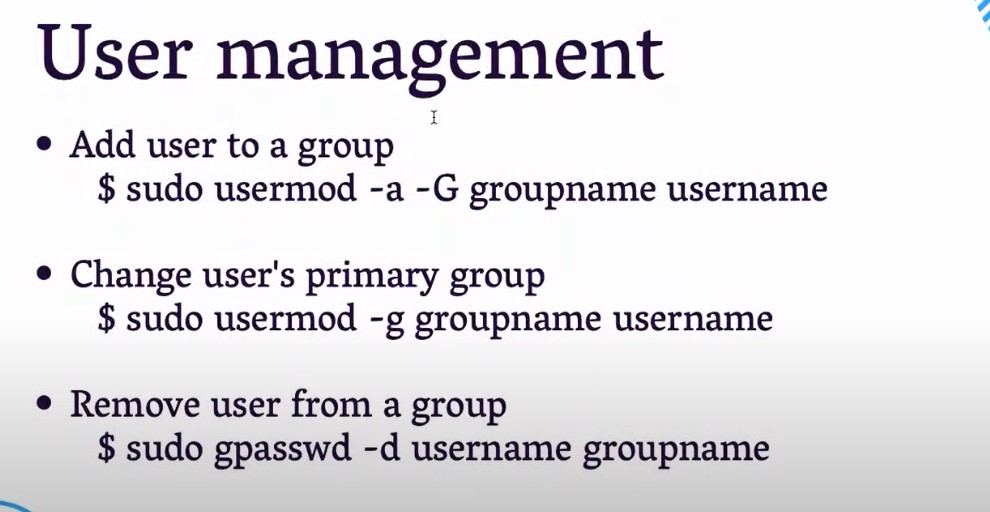
Password expiration and locking accounts:
Explains password expiration policies, shows how to lock and unlock user accounts, and discusses security implications.
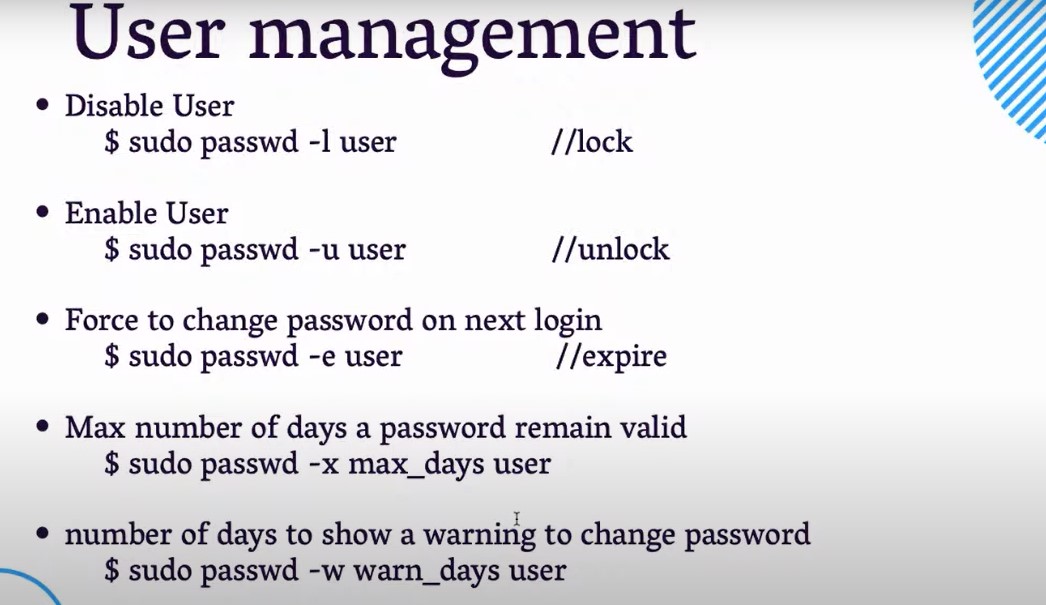
4. Summary
This comprehensive guide, part of a Linux & DevOps Bootcamp session by @BabarZahoor, delves into Linux user management and permissions, emphasizing the necessity of proper management to prevent system issues. It covers user and group creation, assigning IDs, managing user attributes, setting passwords, and applying policies to ensure secure and efficient system operations. Key topics include basic user management commands, group management, password policies, and security practices essential for system administrators. The guide underscores the significance of structured user management and permissions in organizational settings.
Subscribe to my newsletter
Read articles from Muhammad Irfan directly inside your inbox. Subscribe to the newsletter, and don't miss out.
Written by

Muhammad Irfan
Muhammad Irfan
I am passionate about the transformative power of Linux, DevOps, and cloud technologies. With a background in system administration, I’m on a journey to master cloud infrastructure, automation, and containerization. On my GitHub, you’ll find projects where I explore automation, AWS, CI/CD, and scripting to solve real-world problems. 📚 Current Focus: Enhancing my expertise in Linux systems, AWS, and scripting. Here, I share insights and experiences from my hands-on projects to help and inspire fellow tech enthusiasts.